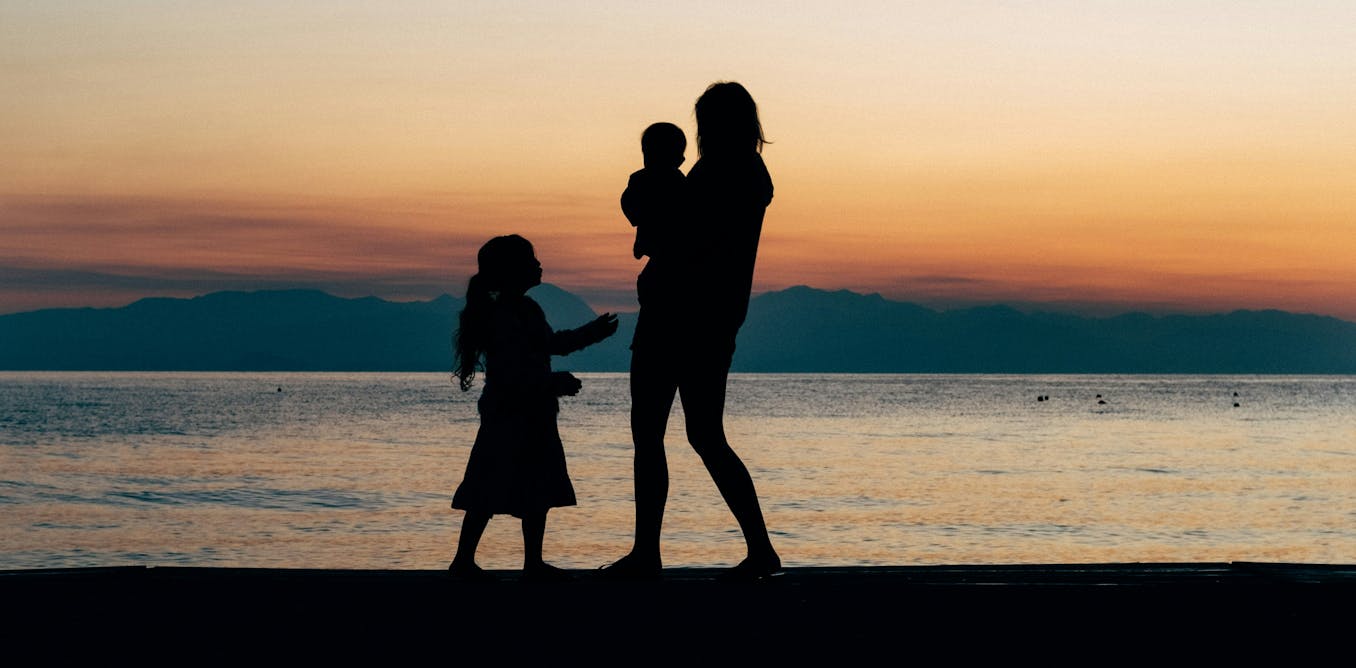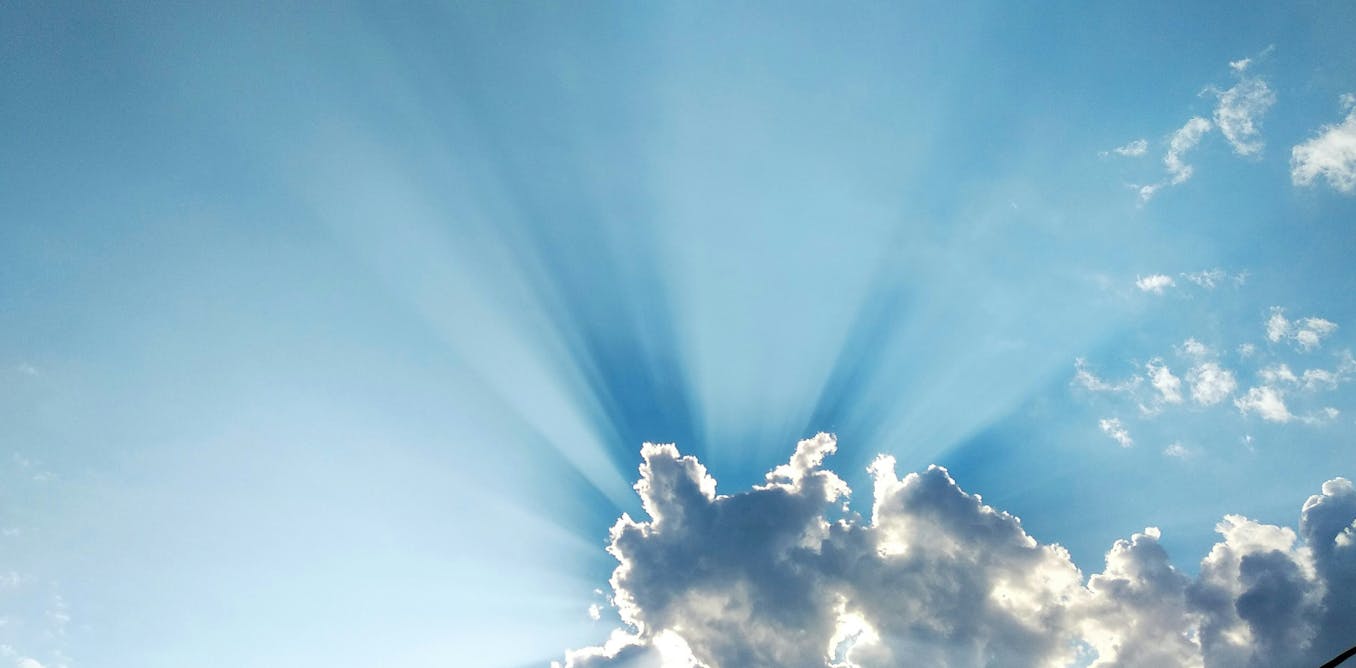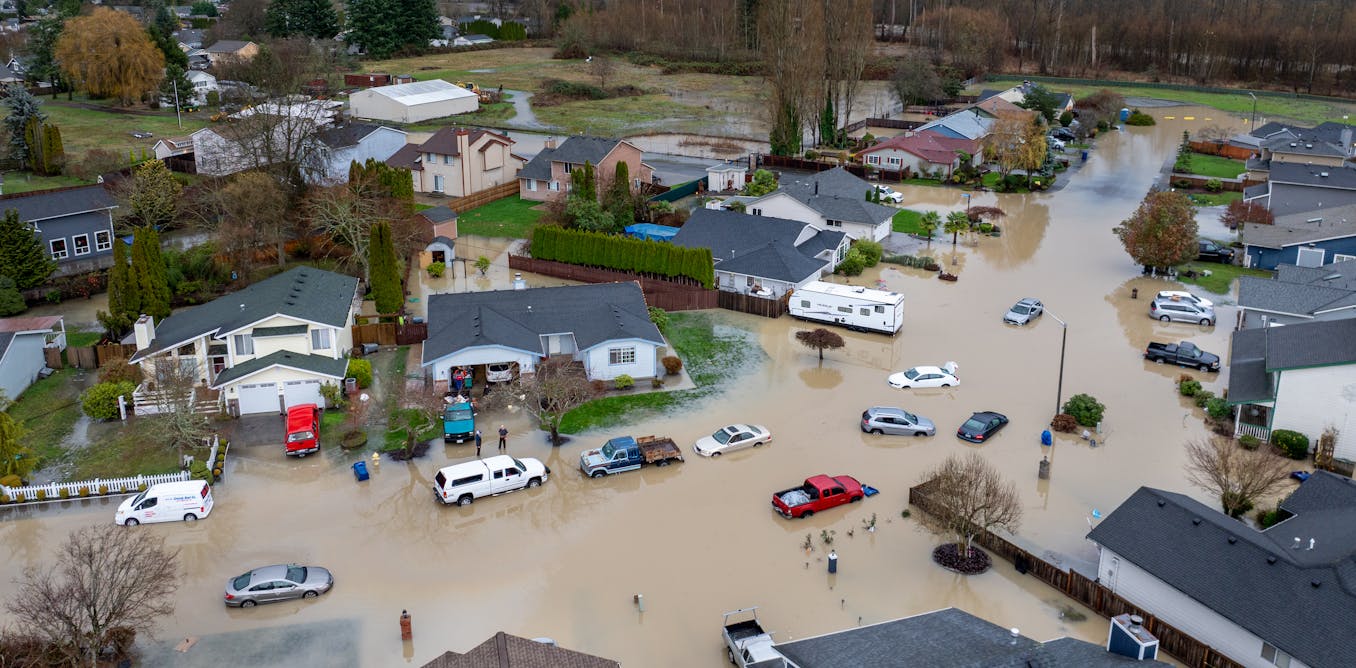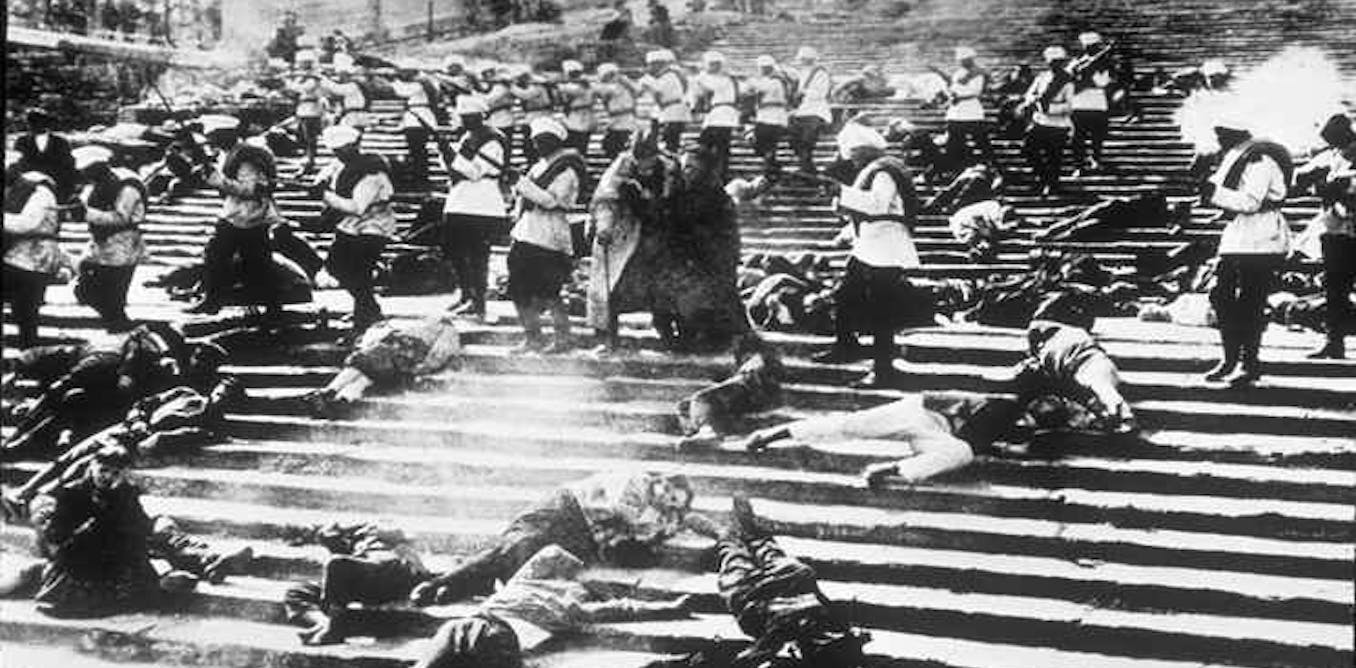Toward the end of a particularly turbulent May, China made global headlines for its military drills around Taiwan, done in response to the island’s newly elected leader. This past weekend, China’s defense chief affirmed the “threats of force” at Asia’s biggest defence summit, the Shangri-La Dialogue in Singapore. This did little to mitigate growing concerns about the economic and security implications of rising tensions between China, the US, and Taiwan.
But back in the country’s capital city, at the historic 798 Art District, it was business as usual with the launch of the eighth edition of Gallery Weekend Beijing. Running from May 28 to June 2, 2024, with a VIP preview in the days before the event’s opening, Gallery Weekend Beijing this year included 27 participating galleries and nonprofit institutions in the main sector, and 8 galleries from locales beyond the city in the visiting sector, plus “The inner side of the wind,” a show curated by Yuan Jiawei.
This year, Gallery Weekend Beijing, as well as the city’s two major art fairs, Beijing Dangdai and Jingart, all held their openings at the same time, drawing a larger crowd to the city in the hopes of reigniting flagging excitement surrounding Beijing’s art scene, according to industry insiders.
The main theme for this year’s Gallery Weekend Beijing, or GWBJ as it’s known for short, was “Drift to Re-Turn.” It encapsulated the international artistic connections that participating galleries, institutions, and curated projects aimed to create through the annual showcase.
Speaking to ARTnews, GWBJ program director Yang Jialin said, “On a deeper level, GWBJ, as a platform for contemporary art exchange, hopes to help the outstanding artists and their work ‘drift’ out to the world, allowing the voices from Beijing to reach the international stage; and to let excellent international art content ‘return’ to the local art scene, presenting it to the Chinese audience.”
Victor Wang, chief curator and artistic director of M Woods, a private museum at 798 Art District, said, “Unlike Hong Kong and Shanghai, Beijing’s art ecology operates uniquely through a mix of connections and disconnections with the outside world.”
The city’s scale, legacy, and structure provide the opportunity for some galleries and institutions to thrive in isolation, building frameworks that benefit from this separateness. Meanwhile, others continue to actively seek connections with the global art scene, striving to create bridges and establish networks beyond Beijing.
“I’m personally uplifted whenever I see marginalized voices and radical thinkers presented in Beijing, in dialogue with this local cultural context, especially those perspectives we might not be able to showcase or engage with often locally,” Wang added.
One such exhibition was tucked away in a small private room at Magician Space. The quietly provocative show is paradoxically titled “Room of Boundlessness” and is curated by Liu Ding, one of the artistic directors of Yokohama Triennale 2023. Upon first look, there seemed to be nothing contentious: viewers were greeted by nothing much at all, with the artworks left facedown on the floor or propped against the wall. That, it turned out, was just the beginning of the show. Visitors were invited to pick up the works, by the likes of Hu Shangzong and Feng Guodong, and hang the pieces themselves.
“Our objective is to offer both local and international audiences the opportunity to engage with diverse forms of art and contribute to the overall artistic ecosystem,” said Pojan Huang, researcher at Magician Space. By way of example, Huang cited the dedicated project called the Antechamber, which was designed specifically for experimental art.
Magician Space also presented a solo exhibition running till July by New York–based artist Timur Si-Qin. The show, which explores the relationship between humans and nature from different perspectives, including a spiritual one, proved particularly popular.
Some quality exhibitions, stunning artist studios, and frenetic programming aside, there were still concerns regarding the volatile climate of geopolitics and fiscal uncertainties in China and beyond.
“In the current global landscape, the first layer of meaning of the theme of GWBJ is its literal sense: we are always in an unstable state, with an uncertain future,” said Jialin.
Just a few months ago, Bloomberg reported that China faced a series of challenges from shrinking population to record property downturn to rising trade tensions. Amid conflicts in Ukraine and Gaza, and with trade wars ongoing, the global economy looks precarious, and China is not an exception. In fact, as tensions with the US ratchet up, Chinese businesses are reportedly looking toward countries such as Mexico and Vietnam.

“The art market is not optimistic in light of the ongoing deterioration of geopolitics and the decline of the global economic situation,” Huang said. “A cold wave is approaching not only China, but also the global gallery industry, making future prospects for the art business increasingly challenging.”
“Certainly, the days of quick sales and waiting lists are waning,” said Mathieu Borysevicz, founder and director of BANK, a Shanghai gallery that participated in GWBJ. “Right now, everybody has sobered up and is working a lot harder to make each sale. China is still the second-largest art market in the world, and the economy is resilient, but it has created a widespread sense of precarity. In fact, I must say that in my 20-plus years of coming to China, this is the first time I have witnessed widespread pessimism.”
Yet there remains cause for some optimism—or at least artistic resilience.
“Usually, when the economy isn’t so great, art tends to get more interesting,” Borysevicz added. “For too long, the emphasis was disproportionately on the market at the expense of criticality. I hope the shift away from the market will help vitalize the work.”
Huang agreed, saying, “When Magician Space was established in 2008, it coincided with the economic crisis, and the exhibition was not conceived for commercial purposes, thus our objectives extend beyond business. It has been a source of great satisfaction to continue delving deeply into the work of our favourite artists and to persevere.”
Meanwhile, other industry leaders are paying more attention to their regional counterparts.
“Connecting local artists and the Beijing art scene with international communities is crucial—especially now, given the growing skepticism toward globalization and the current economic and geopolitical climate,” Wang said. “It’s awesome to see our colleagues and communities from South Korea, Japan, Singapore, and other countries perambulating 798, experiencing firsthand our institutions and galleries, and seeing what Beijing has to offer.”

The post “Despite Economic Uncertainty, Gallery Weekend Beijing Left Dealers Feeling Optimistic” by Alex Greenberger was published on 06/07/2024 by www.artnews.com






































